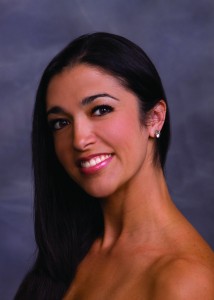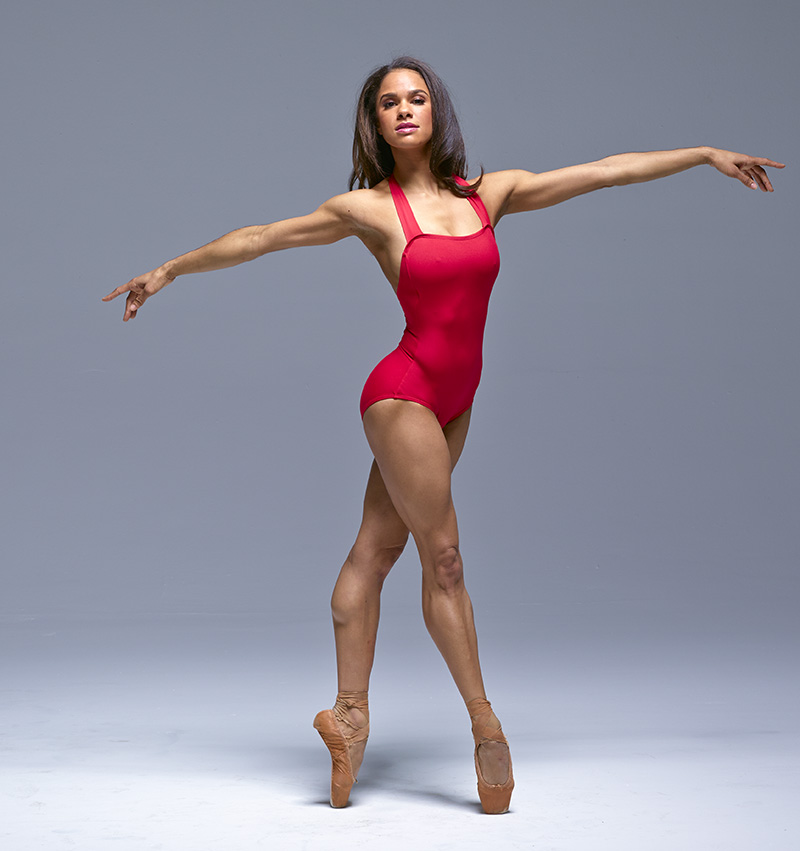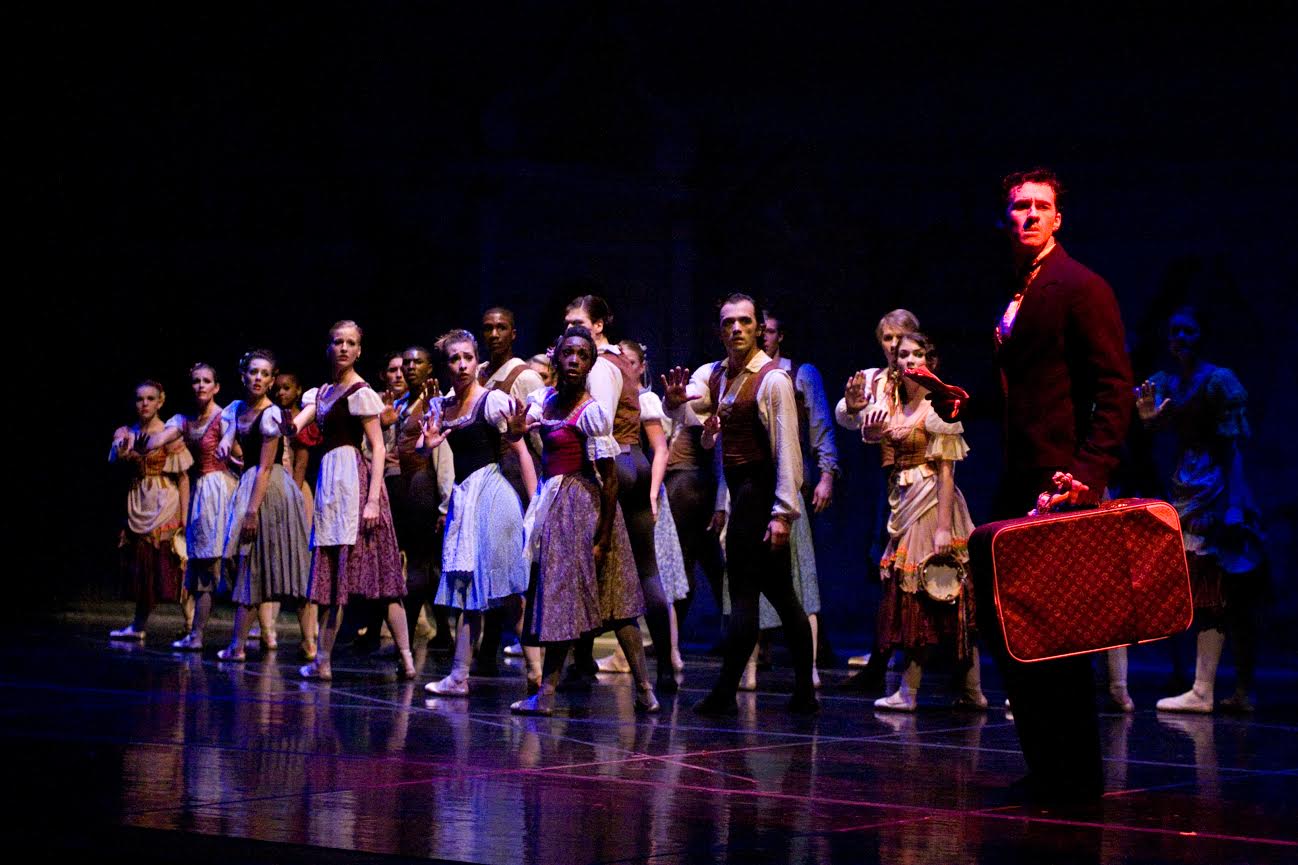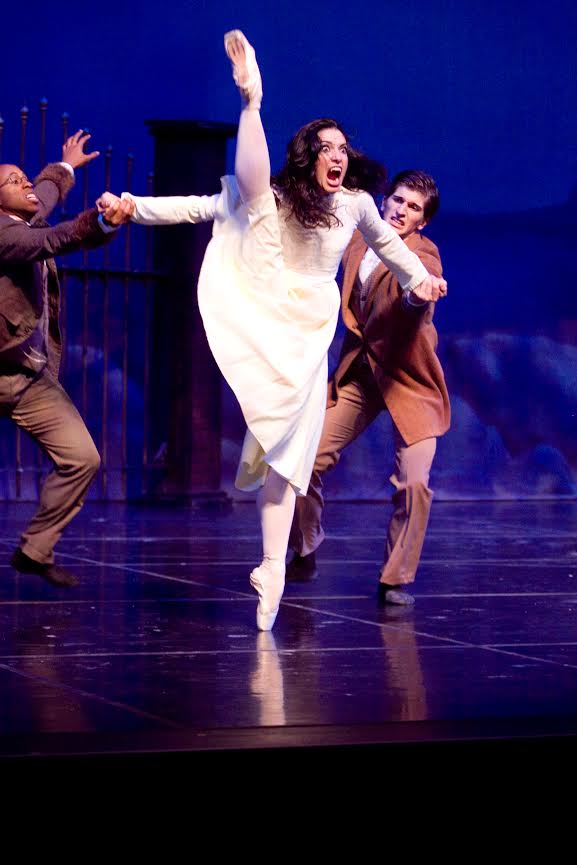Both have snow, tiaras, and take a young Clara on a fairytale journey into the Land of Sweets with dancing variations and a final pas de deux. So, what are the differences? Which company's production should an informed audience member select?
Is that a Unicorn in Columbia City Ballet's Nutcracker?
My husband and I own a little frame shop. My sales counter is in front of a non-working fireplace with a mantel holding family pictures, including some of my dancing son. For years these images seemed to remind clients that ballet is part of my life. Every holiday season, clients excitedly tell me, "I'm going to The Nutcracker!" Of course I'm happy for them and ask, "Which production?" The answer is always the same. "The one at the Koger Center."
Further conversation reveals that most people in Columbia are aware that The Nutcracker comes to the Township Auditorium every Thanksgiving weekend. Some even know that this is the civic company. (I wrote a review of last month's show at http://jasperproject.org/what-jasper-said/88xw7fa24pxcfdb5x77mxf5zyrkgxd). Most seem to know that The Nutcracker also comes to the Koger Center for three weekends in December, but they are totally unaware that two different, local professional ballet companies are putting on these shows. They have no idea to which production they've booked tickets. They have no idea that there is a difference. But there is a difference.
The first weekend features Columbia Classical Ballet (Radenko Pavolich, artistic director). The later two weekends feature Columbia City Ballet (William Starrett, artistic director). Yes, the company names are as similar as The Nutcracker's basic storyline. Both companies use canned Tchaikovsky music, cast students from their independent ballet schools, and include adults from the community in character roles, mainly in the first act's party scene. Both companies sell tickets through the Koger Center's on-line box office. Both have snow, tiaras, and take a young Clara on a fairytale journey into the Land of Sweets with dancing variations and a final pas de deux. So, what are the differences? Which company's production should an informed audience member select?
Let me cut to the chase. If one wants to see a technically superior Sugar Plum Fairy and Cavalier, book Radenko's production. I saw Nao Omoya and Koyo Yanagishima on Saturday night. At least I think I did. The program listed double-cast roles but didn't indicate which dancers were performing in which show. I still have no idea who I saw as Clara. Despite being in several Act II variations in both that afternoon's matinee and the evening performance, these two dancers surprisingly had plenty of energy and brought excellent technique to the stage. The dancers for Columbia City Ballet had two performances the following Saturday. I saw both. Claire Richards was lovely but her afternoon partner was weak. Bo Busby and Regina Willoughby looked understandably tired that evening.
Yet, who goes to The Nutcracker for just the last pas de deux? In almost every other way, Columbia City Ballet's production was more pleasing.
That last sentence was hard for me to write.
I'm predisposed against the liberties William Starrrett takes with his production. I'm more inclined to like the traditional dancing dolls during Act I's party scene. Radenko Pavlovich’s Harlequin and Columbine were first rate but couldn't save the scene. That party unfolded as if a series of recital pieces. At one point, all the girls covered the stage rocking baby dolls, and there weren't even enough to go around. Stranger yet, the Nutcracker doll wasn't even a traditional solid. Its legs were moveable, possibly even like a stuffed animal.
William Starrett’s nutcracker doll looks like a nutcracker, but it’s the only doll on stage. Instead of the classic mechanized dancing doll variations, Starrett features a flirtatious Scarlett straight from Gone With the Wind mythology and a courtship dance between Clara’s older sister and a lead cadet. It works though. It works because the Columbia City Ballet dancers are good actors. As the scene continues, the audience has no problem following the plot. The nutcracker doll is broken, repaired, and placed by the Christmas tree. Effortlessly, the audience follows the action. Clara is lurked back to the darkened living room and a dream sequence begins. Mice and rats battle and the nutcracker is magically transformed into a living doll and finally a prince. One doesn’t have to consult the program. The plot is told through the choreography, the dancers, and good lighting. Virginia Welsh as young Clara, though not technically perfect, was utterly charming and carried the audience into the Land of Snow and beyond.
Unfortunately, Columbia Classical Ballet’s dancers generally don’t express much emotion and pivotal moments often occurred in poorly lit areas of the stage. There was too much fog and the machine producing it made a lot of distracting noise. The transitions from the Stahlbaums’ living room into a battle scene and onto the Land of Snow were simply not as magical as intended. Narrative was lost.
Columbia Classical Ballet’s Act II is traditional, though it starts oddly. Why? Well, there is no overture played before the ballet begins. Thus, it is strange to listen to the first part of the angelic scene played to the curtain. William Starrett’s Act II starts the same way but his production includes the opening overture. Musically, that seems proper. Musically, Starrett’s Act II is anything but proper. It starts to the correct, heavenly melody and altogether too much gold lamé but then progresses into the Waltz of the Flowers. The other variations are also mixed up and include Neapolitan Ice Cream Flavors and Striped Candy Canes using music that isn’t even from Tchiakovsky’s Nutcracker score. Anyone familiar with the music knows it’s all out of order.
Yet, it works. There’s a flow from section to section and a nice mix of humor for sheer entertainment. I didn’t even mind the appearance of a white horse dressed as a unicorn. Admittedly, its a gimmick but it is only a magical inspired entrance. It doesn’t distract from the dancing or the progression of the ballet.
By the end of both ballets, Clara is back in her living room and the audiences are altogether too eager to give standing ovations, as if a requirement. Both ballets had their strong points and weaknesses. Both were worth seeing.
Both companies have extremely enticing opportunities for audience members to witness something special in the coming new year. On Saturday, January 20th, Columbia Classical Ballet will present their annual LifeChance, an International Ballet Gala of Stars (always one of the best ballet performances in Columbia). On Saturday, January 27th, Columbia City Ballet is partnering with the full South Carolina Philharmonic under Morihiko Nakahara’s baton for Mendelssohn’s A Midsummer Night’s Dream.
Looking ahead, I hope this article assists future audience members make informed decisions about their Nutcracker options. Best bet: see both and compare! Maybe you’ll agree with my impressions. Maybe next year’s productions will be entirely different. There’s still time to catch the last weekend of Columbia City Ballet’s Nutcracker. It can be seen at the Koger Center:
3:00 PM Saturday, December 16, 2017
7:30 PM Saturday, December 16, 2017
3:00 PM Sunday, December 17, 2017
Postscript: Most informed audience members know something else. Using LED devices is strictly prohibited. The family sitting in front of me during Columbia Classical Ballet’s Nutcracker used a cell phone to record the entire Bon-Bon variation. The gentleman sitting beside my husband at Columbia City Ballet’s Nutcracker checked his email during the Sugar Plum pas de deux. Please, go to the shows but don’t do this!
Susan Lenz - photo by Forrest Clonts
Susan Lenz is a full time, professional studio artist in Columbia, South Carolina. Her studio is located at Mouse House, Inc. at 2123 Park Street where she has both a studio for 3D sculptural and installation work and a separate fiber art studio. Susan's work has been juried into numerous national and international exhibits, featured in solo shows all over the United States, and shown on television and in print. She has been awarded six full scholarship art residencies and several "Best of Show" ribbons. She blogs at
http://artbysusanlenz.blogspot.com















